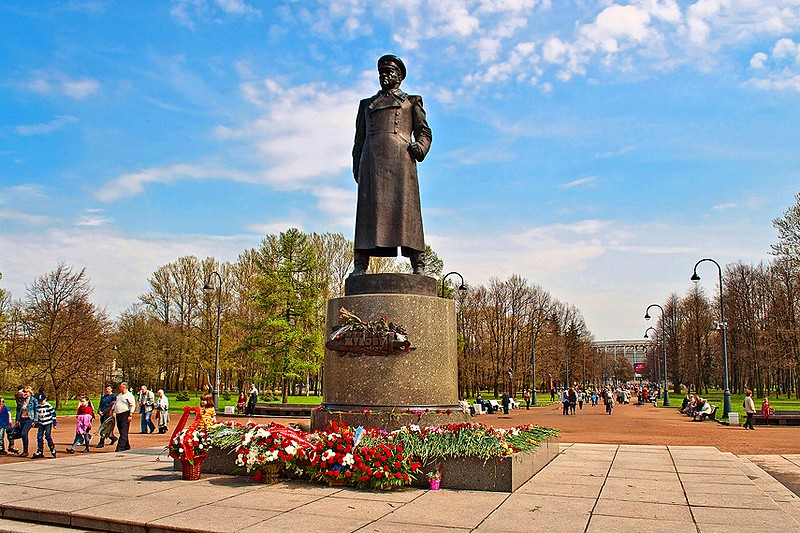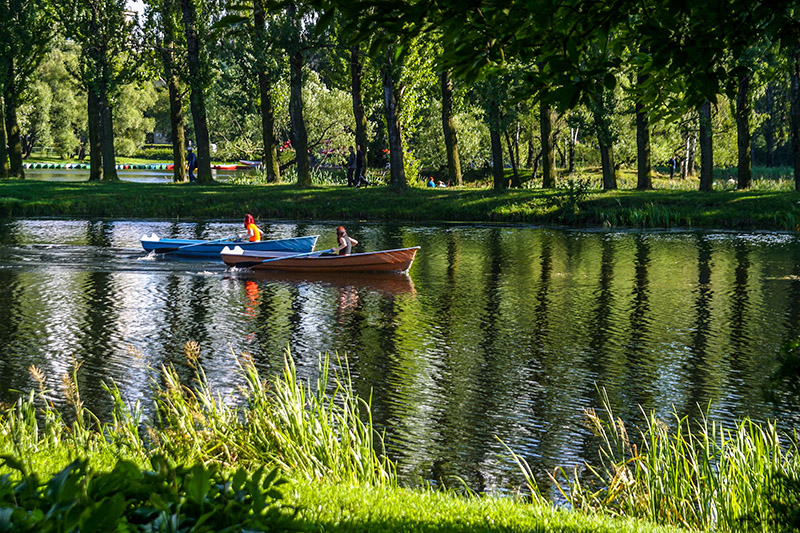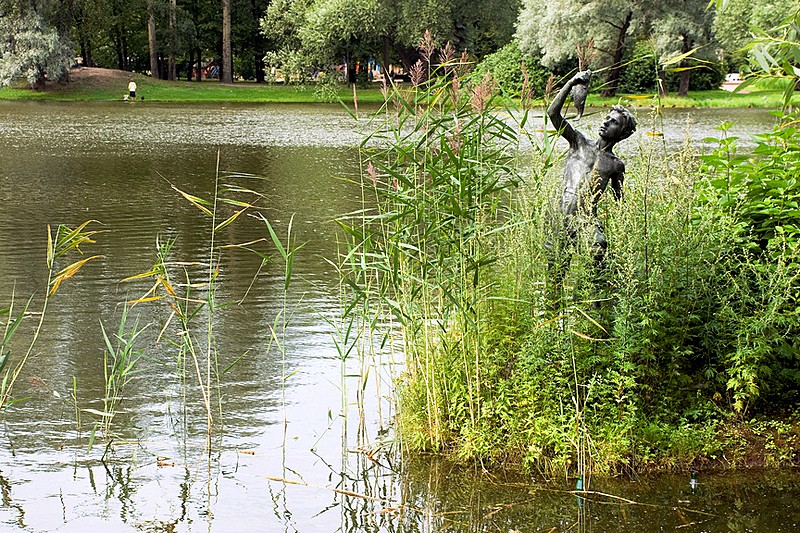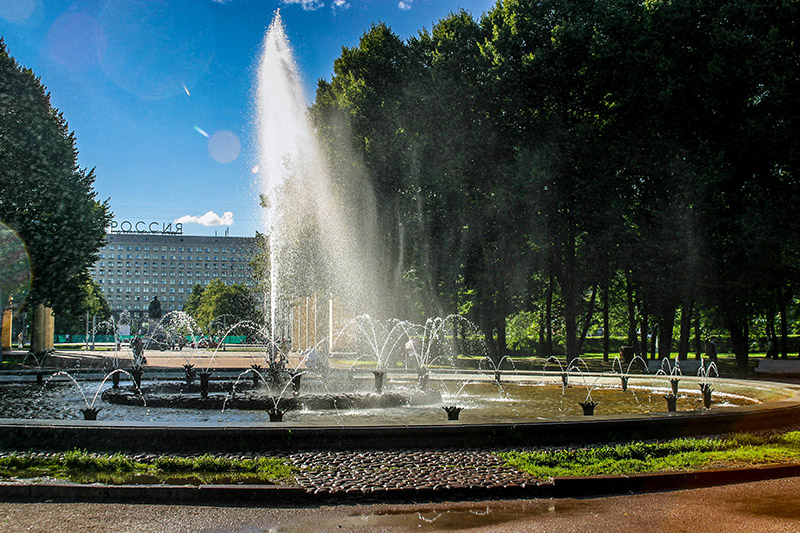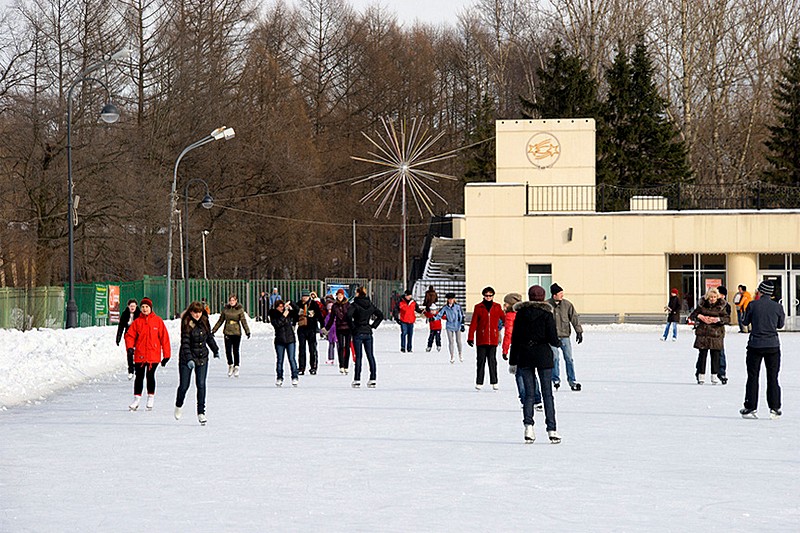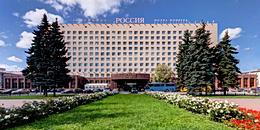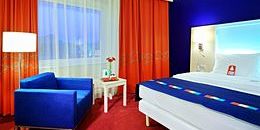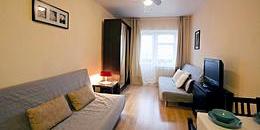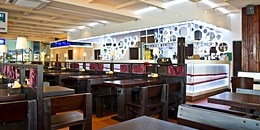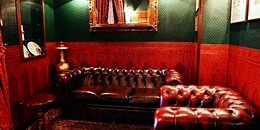Moscow Victory Park
Moscow Victory Park is located in the south of St. Petersburg on Moskovsky Prospekt. It was founded in 1945 to mark the Allied victory in World War II over Nazi Germany.
The Park, which spreads over 68 hectares, is home to more than 100 types of tree and bush, and includes elements of formal and landscape planning, being decorated with ponds, canals, avenues, and flower gardens. The main artery of the park is the Avenue of Heroes, which is lined by bronze statues of people twice awarded the titles Hero of the Soviet Union and Hero of Socialist Labor. A statue of Marshal Georgy Zhukov, who commanded the Leningrad Front in the fall of 1941, was unveiled for the 50th anniversary of the victory over Germany.
The park is full of reminders of Leningrad's suffering during the war. In front of the park's main pavilion are two figures: "The Front", by Leonid Razumovsky, and "The Rear", by Nikolai Gorenyshev. In 1986, a cross was erected to the victims of the Second World War on the site of a brick factory in whose ovens the bodies of those who died in the Siege of Leningrad were burned.
How to Get There:Moscow Victory Park is located right next to Park Pobedy metro station
Timeline:| October 7, 1945 | - | Moscow Victory Park founded. |
|---|---|---|
| July 7, 1946 | - | Park formally opened. |
| 1961 | - | Park Pobedy metro station opened. |
Rumours abounded for a years after the Park opened of strange things happening to people - many said they felt short of breath, or choked, or even fainted. Amid talk of the park having an "aura", an investigation was set up which discovered that the park was on the site of a brick factory whose ovens were used to burn the corpses of people who died during the Siege of Leningrad, as well as soldiers from the front. So many people died that many were roughly buried in unmarked graves in the factory's grounds. Leningraders swear that since a cross was erected on the sight of a mass grave, the ghosts of those who died and were not properly buried have ceased to haunt visitors to the park, and that the previous symptoms have disappeared.

